How to Sell on Amazon Without Inventory: Beginner’s Guide

You can sell things on Amazon without ever touching the products. There are different ways to do this, like:
- Dropshipping
- Print-on-demand
- Wholesale with Amazon FBA
- Selling digital products
You don’t need to keep items at home. When someone buys from your store, a company ships the product for you.
It’s an easy way to start an online business. You don’t need a lot of money, a warehouse, or big orders to begin.
Key Takeaways:
- You can sell on Amazon without packing or shipping things yourself.
- You can use dropshipping, print-on-demand, or KDP to get started.
- These ways are easy to try and don’t cost much money.
- To do well, pick one way, use helpful tools, and keep going.
What Does It Mean to Sell on Amazon Without Inventory?
Selling on Amazon without inventory means you don’t keep any products at home or in a warehouse. You don’t have to pack or ship anything yourself. Instead, other companies help you by sending the products to your customers.
This is called:
- Amazon no-inventory
- Dropshipping
- Selling digital products
You are like the store owner. You pick what to sell, write good product descriptions, and help people find your items. When someone buys something, your partner does the rest—like shipping it out.
✅ You never have to touch the product.
✅ You focus on things like advertising and making sales.
✅ You can do it from anywhere with internet.
This is a good choice if you’re just starting out, want a side job, or don’t want to store a bunch of stuff.
What are the Benefits of Selling on Amazon Without Inventory?
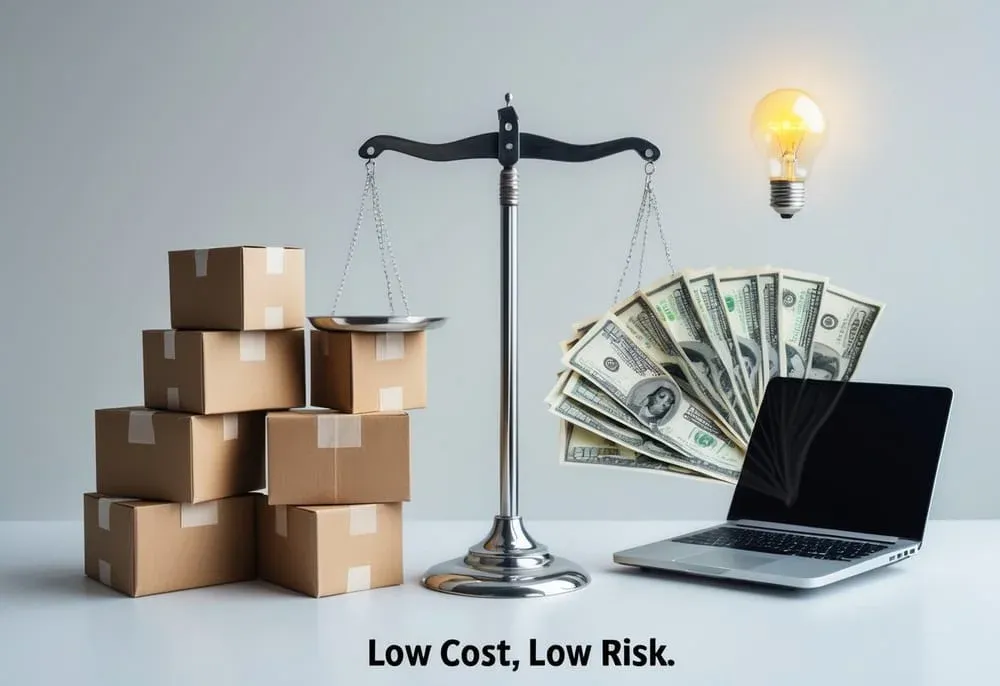
There are lots of great things about selling on Amazon without inventory. Here are the biggest ones:
| Benefit | Why It Matters |
|---|---|
| Low Startup Costs | You don’t need to invest in bulk inventory upfront. |
| Lower Risk | No unsold stock to worry about if a product flops. |
| More Free Time | Fulfillment is handled for you. |
| Scalable Business | Easily grow by adding more products or switching models. |
| Work From Anywhere | You can run your Amazon business remotely from any location. |
This is a smart way to start a business if you don’t have a lot of time, space, or money. Whether you want to make a little extra or build a full-time job, it gives you choices.
What are the Main Business Models That Don’t Require Inventory?
There are different ways to sell on Amazon without keeping anything at home. Here are the most popular ones:
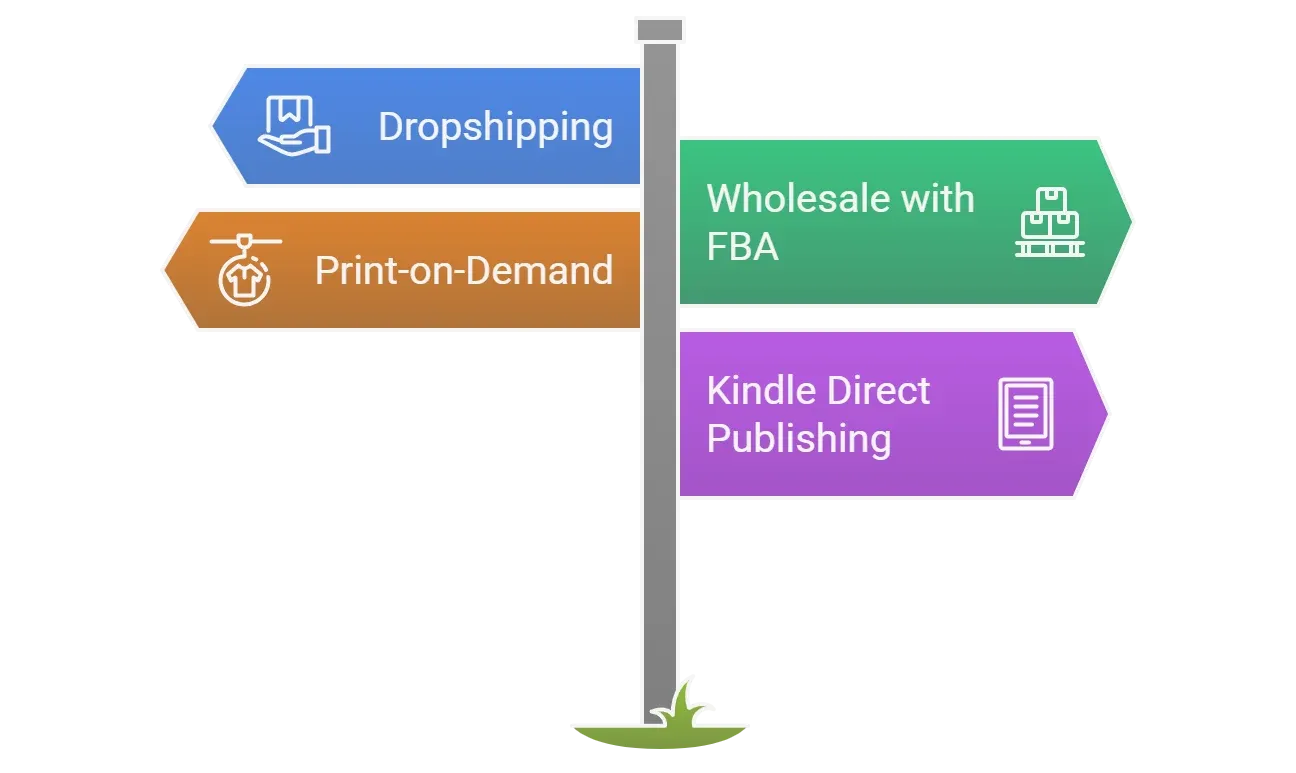
1. Amazon Dropshipping
- You find products from other companies (called suppliers).
- You list those items on Amazon at a higher price.
- When someone buys, the supplier ships it straight to the customer.
Why it’s great: You never see or touch the product. It’s all done for you.
Check out this comparison of Shopify vs Amazon to see how this stacks up with other platforms.
2. Wholesale with Amazon FBA
- You buy a bunch of items from a wholesaler.
- You send them to Amazon’s warehouse.
- Amazon stores the items, packs them, ships them, and even handles returns.
Note: You own the products, but you don’t have to keep them at home.
3. Print-on-Demand (POD)
- You make fun or cool designs for things like t-shirts, mugs, or bags.
- You upload the designs to Amazon.
- Amazon prints and ships each item only when someone buys it.
Why it’s great: No storage, no shipping, and no cost to get started—just your ideas!
👉 Check out our guide about "What Is the Best Print-on-Demand Platform in 2025"
4. Kindle Direct Publishing (KDP)
- You write ebooks, journals, or planners.
- You upload them to Amazon using KDP.
- Amazon sells and delivers them to readers.
Perfect for: Writers or anyone who wants to share their knowledge or creativity.
All of these let you sell to tons of Amazon customers without having to store or ship anything yourself. Pick the one that works best for you!
How to Sell on Amazon Without Inventory?
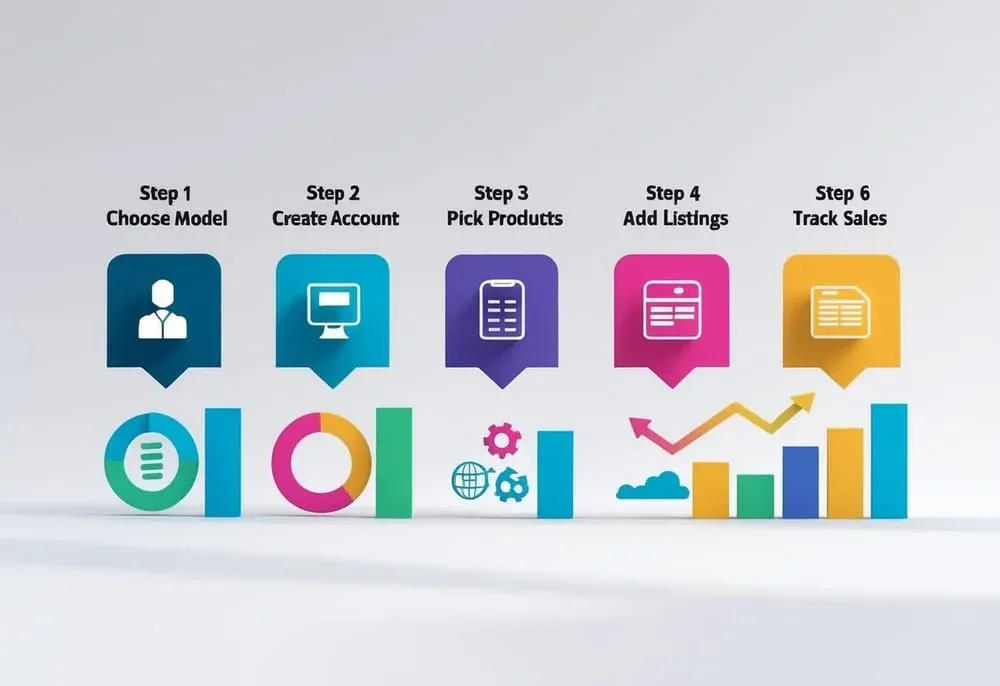
Want to start your own Amazon business without storing products? Here’s how to do it, step by step:
✅ Step 1: Pick the Right Kind of Business
Choose what works best for you based on:
- How much time you have
- How much money you can spend
- What you're good at (like art, writing, or finding products)
Popular choices:
- Dropshipping
- Print-on-Demand (POD)
- Kindle Direct Publishing (KDP)
- Wholesale with FBA
✅ Step 2: Make a Seller Account on Amazon
Go to sellercentral.amazon.com and sign up.
Choose a plan:
- Individual Plan – No monthly cost (great for beginners)
- Professional Plan – Best if you plan to sell a lot
👉 Check this comprehensive guide to know more about it: Individual vs Professional Plan
✅ Step 3: Find Good Products or Ideas to Sell
Use tools like Jungle Scout or Helium 10 to find products lots of people want, but not many people sell.
If you’re doing POD or KDP, try fun ideas like:
- Fitness journals
- Dog-themed shirts or mugs
✅ Step 4: Choose a Fulfillment Partner
These companies help you make and ship your products:
- Dropshipping: Spocket, Alibaba
- Print-on-Demand: Printful, Amazon Merch on Demand
- KDP: Kindle Direct Publishing
They do the hard work—you just focus on the business!
✅ Step 5: Make a Great Product Page
- Write a clear title and bullet points.
- Add good pictures or mockups.
- Use keywords (search words) people would type in to find your product.
✅ Step 6: Help People Find Your Product (Amazon SEO)
Put keywords in your:
- Title
- Bullet points
- Description
- Hidden search terms (Amazon lets you add these in your settings)
Think like a shopper: “What would I search for to find this?”
✅ Step 7: Watch How Your Business is Doing
Use tools like Sellerboard, Helium 10, or Amazon’s own dashboard to check:
- How many people click your product
- How many actually buy it
- How your prices and keywords are working
Try new things, fix what’s not working, and grow from there!
By following these steps, you can build a real business on Amazon—without ever packing a box yourself.
What are the Tools and Platforms that Can Help You in Selling Without Inventory?
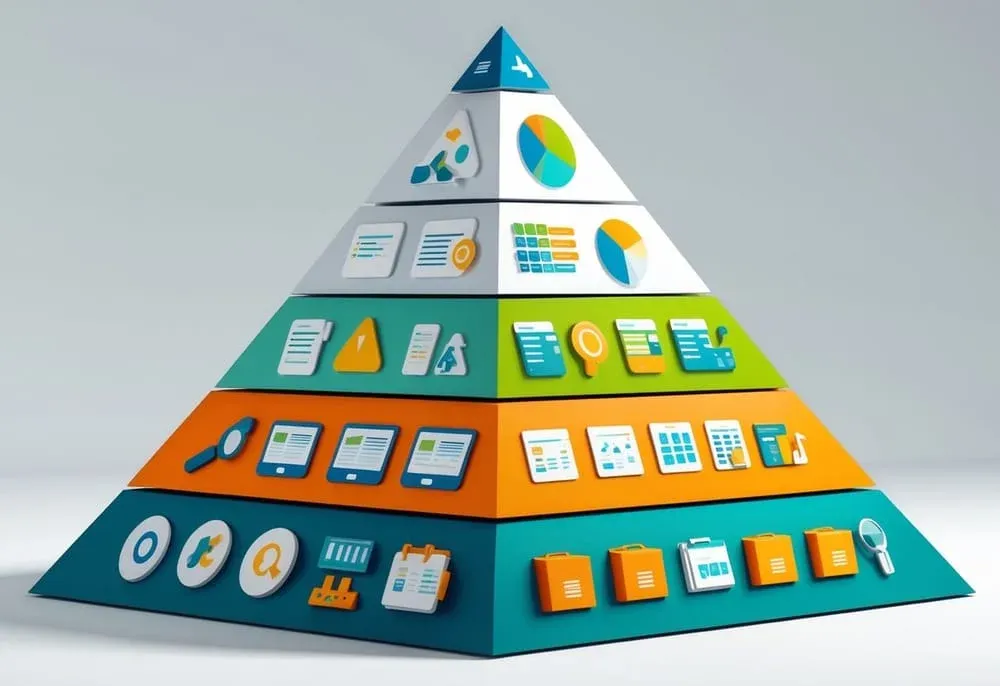
These beginner-friendly tools can help streamline your setup, boost visibility, and automate fulfillment—no warehouse needed:
| Tool | Purpose |
|---|---|
| Jungle Scout | In-depth product research and competitor analysis |
| Helium 10 | Amazon keyword tracking, SEO, and listing optimization |
| Canva | Easy design tool for custom t-shirts, mugs, and other POD items |
| Printful | Seamless print-on-demand fulfillment that integrates with Amazon |
| Spocket | Connect with reliable dropshipping suppliers for faster shipping |
| Amazon KDP | Self-publish and sell ebooks, journals, and digital planners on Amazon |
🧠 Tip: Most of these tools offer free trials—test a few to find the right fit for your model.
👉 Here is a comprehensive guide that you can use for product research: Best Tools to Use
What are the Common Mistakes to Avoid in Selling Without Inventory?
Even simple businesses have pitfalls. Watch out for these:
| Mistake | Why It Hurts |
|---|---|
| ❌ Partnering with unreliable suppliers | Leads to late shipments, poor product quality, and negative reviews |
| ❌ Poor pricing strategy | Shrinks your profit margins or scares away buyers |
| ❌ Violating Amazon’s seller policies | Can result in account warnings or permanent suspension |
| ❌ Skipping product or niche validation | Wastes time and money on listings that don’t convert |
| ❌ Neglecting customer communication | Damages your reputation and lowers seller ratings |
Learn from other sellers. Here’s why 90% of FBA Sellers Fail and how to avoid their mistakes.
How Can You Succeed Long-Term Selling on Amazon Without Inventory?
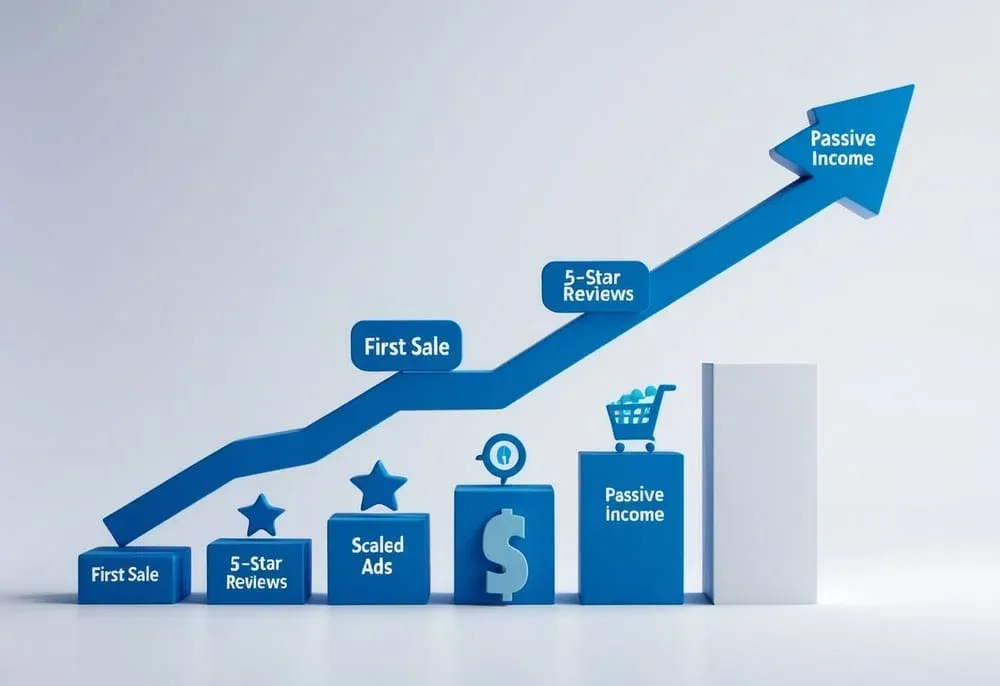
Build a sustainable Amazon business by focusing on growth, automation, and customer trust:
✅ Reinvest early profits into Amazon ads, new product testing, or better tools
✅ Maintain strong account health: respond fast, avoid order defects, and resolve issues quickly
✅ Request reviews the right way (use Amazon-approved follow-up messages)
✅ Automate repetitive tasks with tools for listing, tracking, and customer messaging
✅ Stay informed: Amazon updates its seller policies often—watch for changes
🔗 Bonus: Use FBA Success Metrics to track growth and stay competitive
Final Thoughts
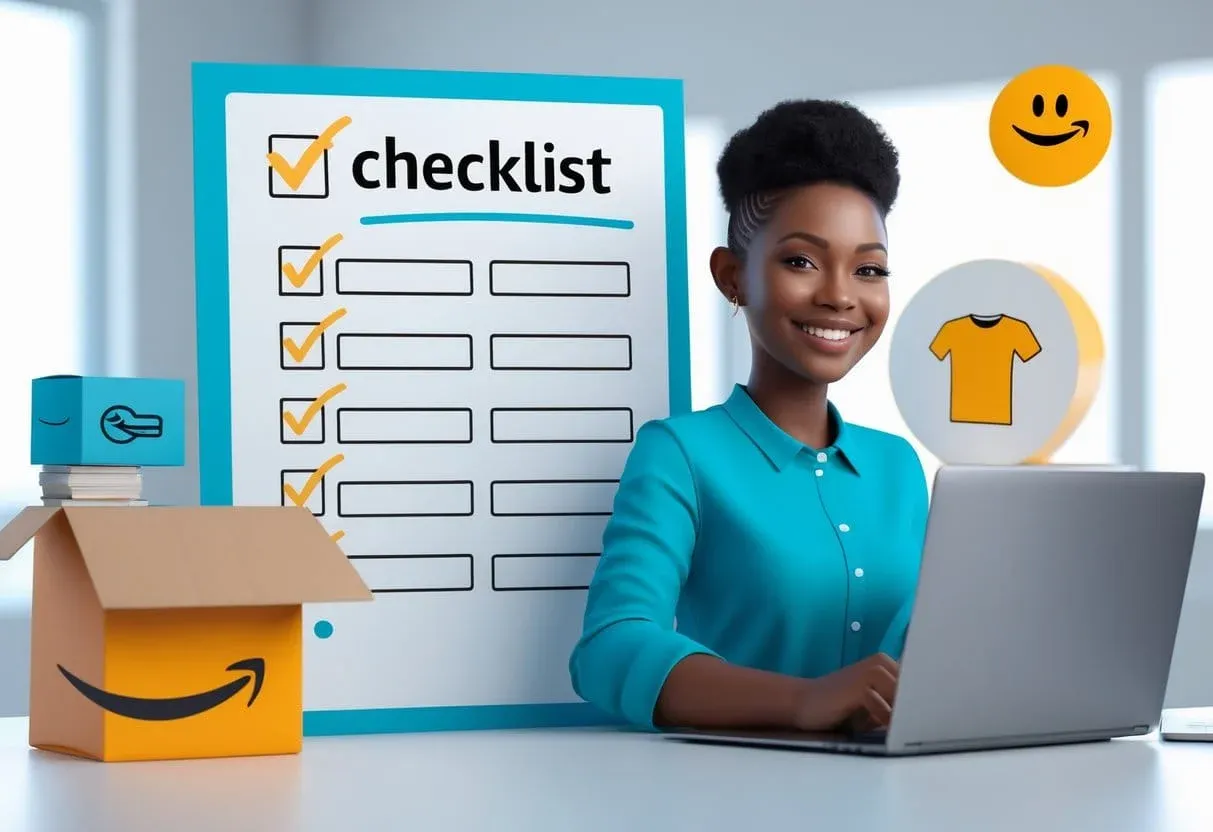
Selling on Amazon without holding stock is a low-risk, beginner-friendly way to tap into e-commerce in 2025. Whether you pick dropshipping, print-on-demand, or Kindle publishing, the path is wide open.
🧭 Next step: Choose a business model, start small, and use data + tools to scale smarter—not harder.
Frequently Asked Questions
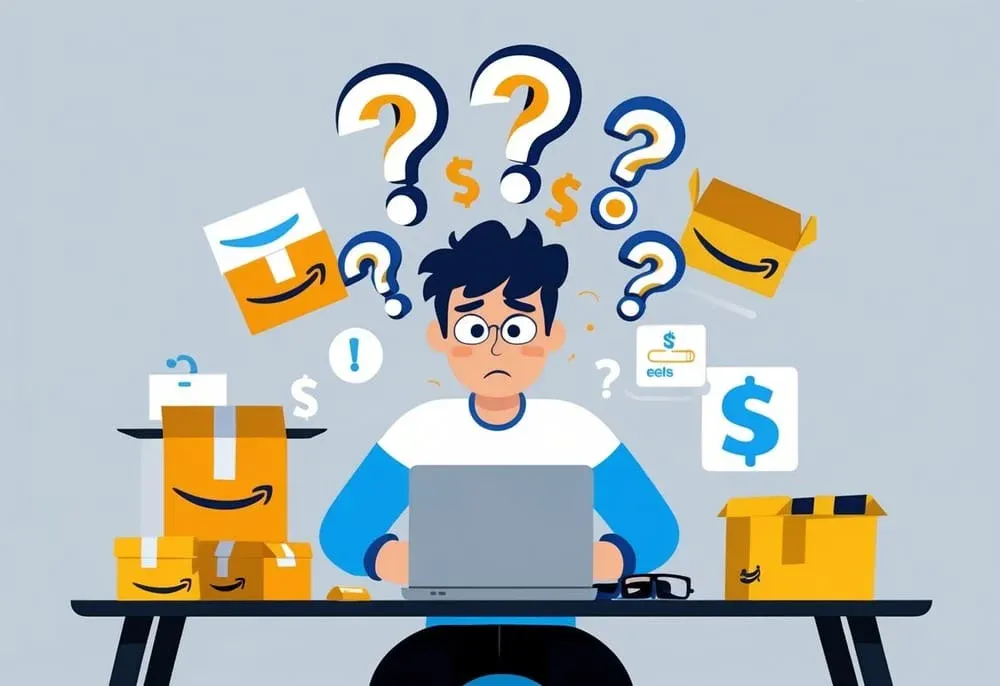
1. Do I need a business license to sell on Amazon?
Not right away. You can begin as an individual seller, but always check your local business and tax laws.
2. Is dropshipping allowed on Amazon?
Yes—but you must follow Amazon’s dropshipping policy. You need to be the seller of record and ensure the supplier ships on time.
3. How much money do I need to start?
- Dropshipping or KDP: Start for under $100
- FBA: Plan for $500–$2,000 depending on your product and strategy
4. What are Amazon’s fees for sellers?
- Referral fees: Typically 15% of each sale
- FBA fees: If you use Amazon’s fulfillment services
5. Can I sell internationally without inventory?
Yes. If using POD or KDP, Amazon can fulfill internationally. For dropshipping, confirm your supplier offers global shipping.
6. What happens if a customer returns an item?
- FBA or Amazon Merch: Amazon takes care of it
- Dropshipping: Return policies depend on the supplier—review them carefully
7. How do I handle customer service without inventory?
Yes—even with no inventory, you're still responsible for buyer communication and problem-solving.
8. What’s the difference between FBA and dropshipping?
- FBA: You buy stock and ship it to Amazon’s warehouse
- Dropshipping: Supplier ships orders directly to the customer—no inventory on your end
9. Can I automate this business?
Absolutely. Use seller tools for listing optimization, inventory sync, pricing, and customer responses.
10. How do I get paid by Amazon?
Amazon deposits your earnings directly into your bank account every 14 days.
Want to Start Selling on Amazon Without Handling Inventory?
Join our mini-course at WAH Academy and get tips on how to launch, track the right numbers, and grow your sales—without ever stocking a product.
No guesswork. No fluff. Just real strategies that work.
Tap the button and start building your Amazon business today.
